Street-front houses for rent reveal many disadvantages
Unlike in 2023, many premises in the central area of Ho Chi Minh City have been rented. However, there are still many "golden lands" that have been vacant for nearly a year. Notably, the number of newly opened stores in the central area is still focused on the F&B industry with the need to expand to increase brand awareness, or take advantage of the recovery of the tourism industry. Meanwhile, other retail industries such as fashion , cosmetics, services, etc. are gradually disappearing.
The main reason for the shift in industry structure and the vacant retail space in prime locations in the city center is still due to the change in people's shopping trends. When most essential goods are now easily purchased on e-commerce platforms.
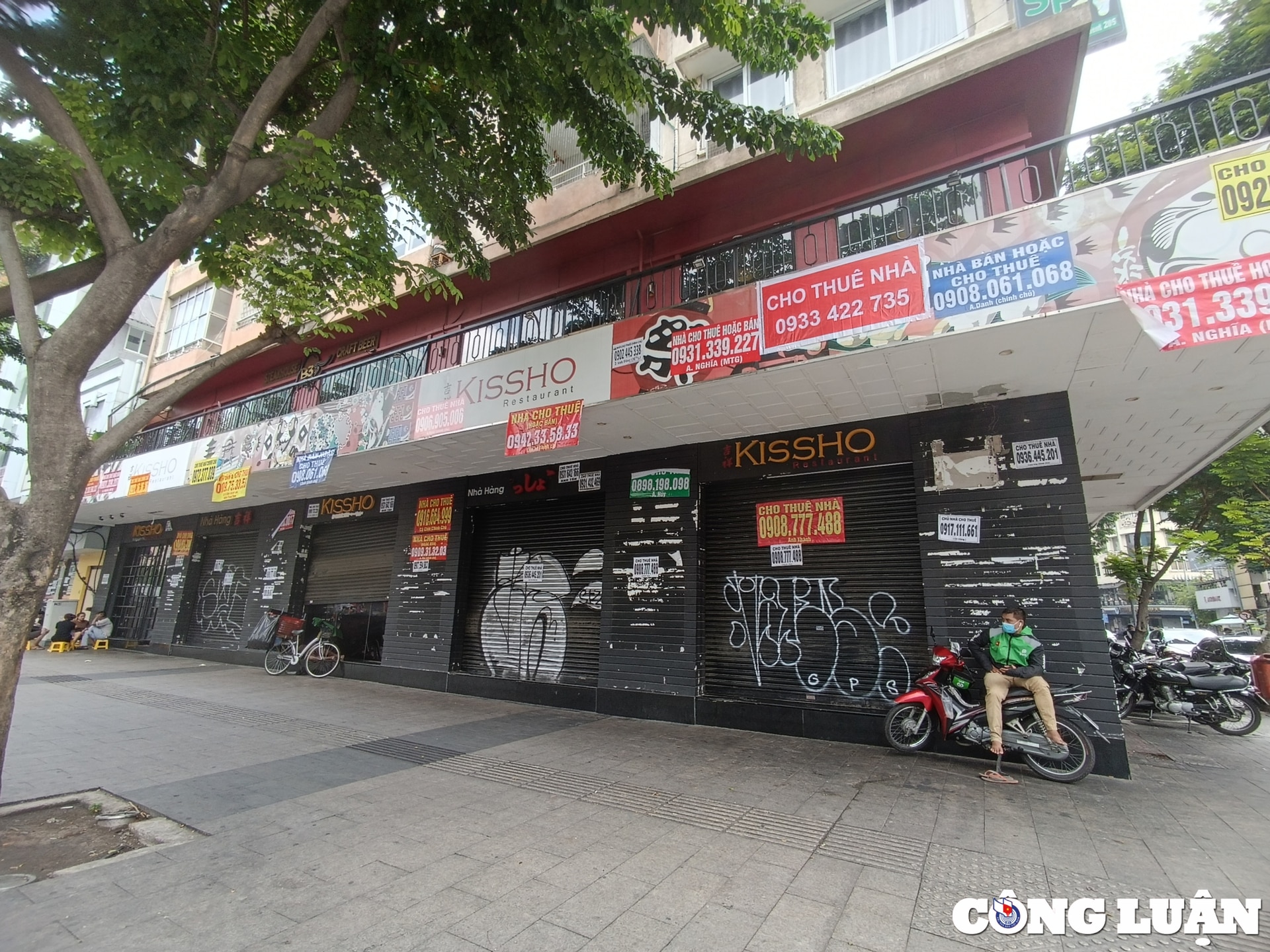
Many prime lands in Ho Chi Minh City have had difficulty finding customers since mid-2023 until now.
The latest report on Vietnamese consumer shopping behavior by NielsenIQ Vietnam has reinforced this opinion, recording that the frequency of online shopping of consumers is twice as high as last year. Specifically, on average, each person buys online nearly 4 times/month and spends more than 8 hours/week shopping online. This figure is nearly double the frequency of monthly supermarket visits of Vietnamese people.
In addition, the rental price and disadvantages of street-front houses in the central area are also factors that make tenants indifferent. Accordingly, data from Batdongsan.com.vn shows that the rental price of street-front houses in Ho Chi Minh City continues to increase. In the first 6 months of 2024, the old districts 1, 3, 4 and 2 (now Thu Duc City) all increased by 25-40%, only District 7 decreased slightly by more than 4% compared to the same period last year.
The problem of expensive rental prices in the central area is reflected in the "separation" between Starbucks and the house number 11-13 Han Thuyen (District 1, Ho Chi Minh City). Many information from brokerage units show that in 2017, the world's most famous coffee brand rented this space for a price of about 21,000 USD/month (equivalent to more than 520 million VND/month). By mid-2024, the landlord and tenant could not agree on the price of 30,000 USD/month (equivalent to 750 million VND/month), leading to the termination of the lease contract.
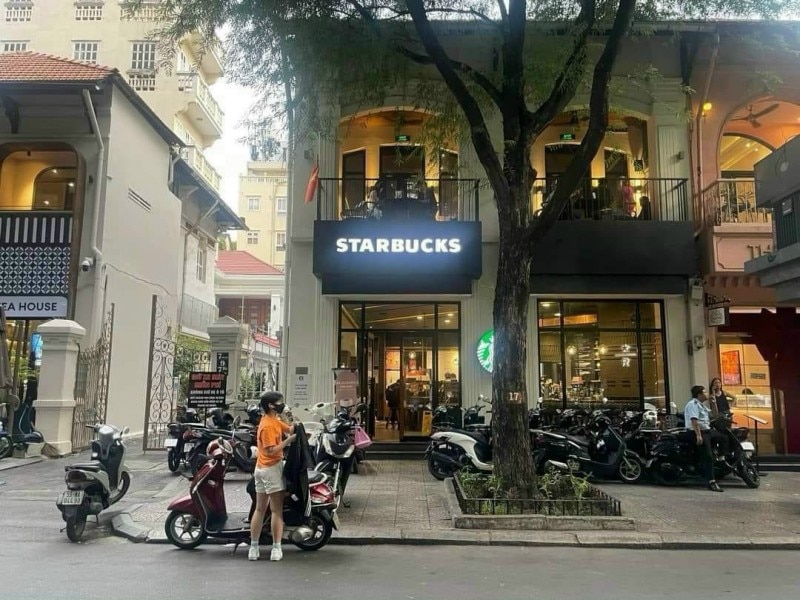
The case of Starbucks terminating the contract in Han Thuyen has surprised many people with the "huge" rental price of this space.
Commenting on this market earlier, Mr. Dinh Minh Tuan - Sales Director of Batdongsan.com.vn said that the market for renting street-front houses in Ho Chi Minh City has not really improved. In addition to the F&B industry group that often has the need to expand to increase brand recognition, many other retail industries such as fashion, cosmetics, etc. have reduced the need to rent premises due to the trend of selling on e-commerce platforms.
However, those who own townhouses in the city center often have good cash flow, so the story they care about is not whether they can rent the house or not, but having to rent it at a high price to increase the value of the property. Along with the increase in rents, changes in consumer behavior also force landlords to rethink their operating strategies.
Sharing the same view, Ms. Hoang Nguyet Minh - Senior Director of Commercial Leasing Department - Savills Hanoi , said that the high rental price while business activities are increasingly difficult causes brands to have cash flow problems, so they have to reduce their business premises, or move to areas with cheaper rental prices to minimize costs.
Shopping malls become destinations
Having just returned the premises with a rental price of nearly 50 million/month on Dien Bien Phu Street (District 3, Ho Chi Minh City), Ms. Nguyen Minh Trang - owner of a fashion brand said: "The rental price here has started to increase since the end of last year until now, the premises lack parking space, are obscured by all kinds of signs and billboards, which are the reasons why I had to temporarily stop my business. The upcoming plan is to move to a shopping mall, combined with online business".
According to Ms. Trang, retail space in shopping malls has many advantages over street-front houses such as rental prices, shared facilities and professional management. Especially in areas outside the central area, rental prices are quite competitive, suitable for business people who want to own a small store to combine online sales.
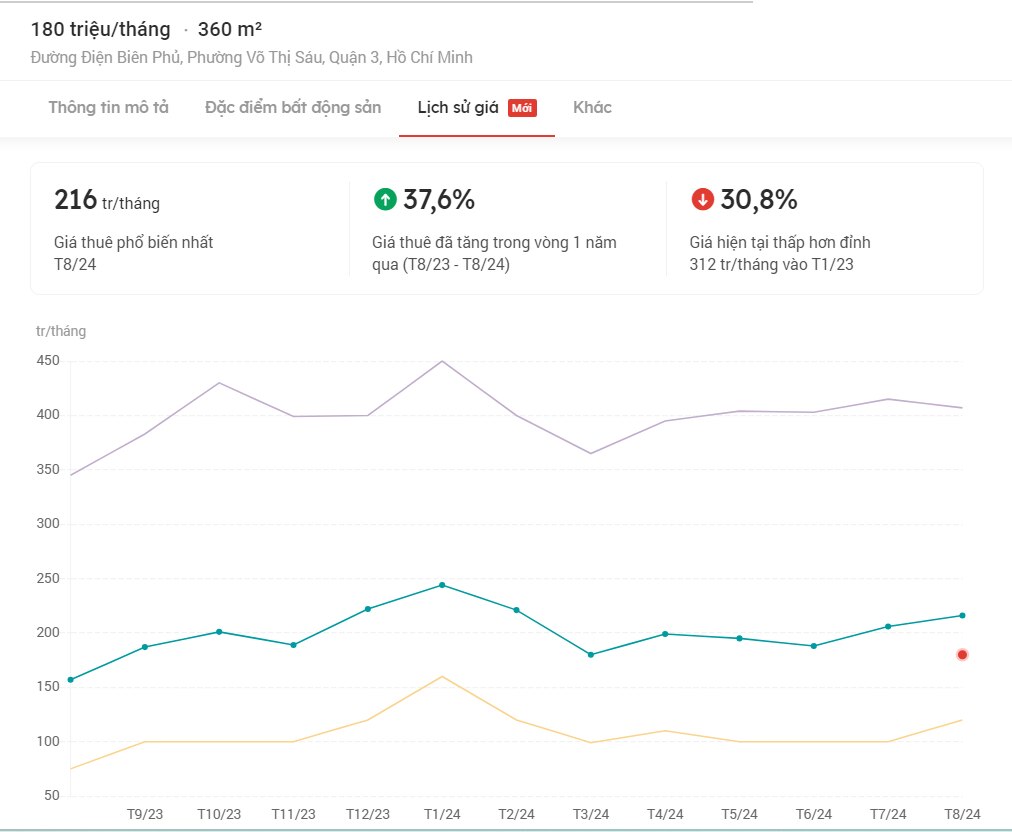
Batdongsan.com.vn's price history tool shows that rental prices in the Dien Bien Phu area have increased by nearly 40% in the past year.
In particular, with the changing trend, shopping malls have also become attractive places for customers in Ho Chi Minh City, especially during holidays and weekends. This was shown during the recent National Day holiday on September 2, when the city's shopping malls were packed with customers, with sales of all product lines increasing sharply.
That is also the reason why the occupancy rate in shopping malls in Ho Chi Minh City is always high. A survey by Cushman & Wakefield shows that the occupancy rate in shopping malls in Ho Chi Minh City reached 90% in the second quarter of 2024, a slight increase compared to the previous quarter and stable year-on-year.
The unit also commented that new and renovated shopping centers that have started operating partially or fully have good occupancy rates. In addition, some projects have completed the restructuring of their tenant structure and welcomed more large tenants in the supermarket, interior design, fashion and food and beverage industries, contributing to improving the overall occupancy rate.
According to Ms. Cao Thi Thanh Huong - Senior Manager of Research Department, Savills HCMC, the supply of retail space increased by 2% in the second quarter of 2024 and continued to move out of the city center with 6 large projects. Lease transactions in the first half of the year increased by 26% over the same period. Especially, there were many famous brand chains such as Muji, Poseidon, Uniqlo... In which, the fashion industry accounted for 35% of the rental area, followed by F&B accounting for 30%, household appliances and furniture accounting for 15%.



![[Photo] Award Ceremony of the Political Contest on Protecting the Party's Ideological Foundation](https://vphoto.vietnam.vn/thumb/1200x675/vietnam/resource/IMAGE/2025/10/22/1761151665557_giaia-jpg.webp)
![[Photo] Da Nang: Shock forces protect people's lives and property from natural disasters](https://vphoto.vietnam.vn/thumb/1200x675/vietnam/resource/IMAGE/2025/10/22/1761145662726_ndo_tr_z7144555003331-7912dd3d47479764c3df11043a705f22-3095-jpg.webp)
![[Photo] Prime Minister Pham Minh Chinh chairs meeting on nuclear power plant construction](https://vphoto.vietnam.vn/thumb/1200x675/vietnam/resource/IMAGE/2025/10/22/1761137852450_dsc-9299-jpg.webp)
















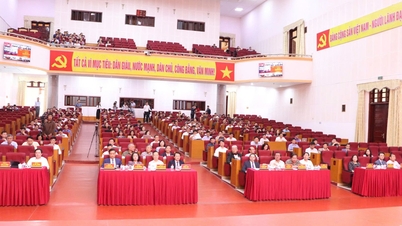

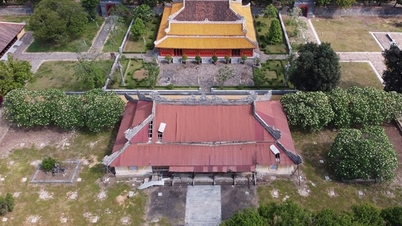









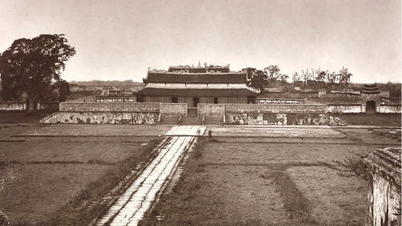


































































Comment (0)